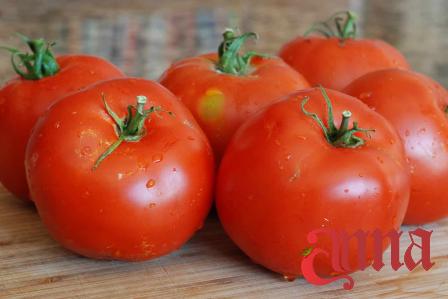Tomato paste is a staple ingredient in many cuisines, loved for its rich flavor and versatility. However, at times, consumers may encounter a bitter taste in tomato paste that can be quite discouraging. This article aims to shed light on the causes behind the bitter taste in tomato paste and provide suggestions to mitigate or prevent this issue. 1. Quality of Tomatoes: One of the primary factors determining the taste of tomato paste is the quality of the tomatoes used. Tomatoes that are underripe or overripe can contribute to a bitter flavor. To ensure a flavorful and non-bitter tomato paste, it is crucial to select high-quality, ripe tomatoes for the processing.

.
 2. Pesticide Residue: Tomato plants are susceptible to pests, and farmers often use pesticides to protect their crops. However, if not applied correctly or rinsed thoroughly, pesticide residue can make its way into the tomato paste, creating a bitter taste. Manufacturers should prioritize sourcing tomatoes from trusted suppliers who adhere to strict pesticide application guidelines. 3. Processing Methods: The processing methods employed during tomato paste production can influence its flavor. Overcooking or using high temperatures for an extended period can lead to the breakdown of natural sugars and give rise to a bitter taste. Manufacturers can maintain the desired tomato flavor by carefully monitoring and controlling the cooking process.
2. Pesticide Residue: Tomato plants are susceptible to pests, and farmers often use pesticides to protect their crops. However, if not applied correctly or rinsed thoroughly, pesticide residue can make its way into the tomato paste, creating a bitter taste. Manufacturers should prioritize sourcing tomatoes from trusted suppliers who adhere to strict pesticide application guidelines. 3. Processing Methods: The processing methods employed during tomato paste production can influence its flavor. Overcooking or using high temperatures for an extended period can lead to the breakdown of natural sugars and give rise to a bitter taste. Manufacturers can maintain the desired tomato flavor by carefully monitoring and controlling the cooking process.
..
 4. Peels and Seeds: Removing the peels and seeds before processing tomatoes into paste is a common practice to eliminate any bitterness. The peels and seeds have a higher concentration of alkaloids, which are the compounds responsible for the bitter taste. It is thus crucial for manufacturers to ensure that these components are properly separated to achieve a smoother, non-bitter tomato paste. 5. Storage and Packaging: Improper storage conditions and unsuitable packaging materials can also contribute to a bitter taste in tomato paste. Exposure to light, heat, or air can result in flavor deterioration and the development of off-flavors, including bitterness. Manufacturers should store tomato paste in cool, dark environments and use packaging that effectively preserves its quality.
4. Peels and Seeds: Removing the peels and seeds before processing tomatoes into paste is a common practice to eliminate any bitterness. The peels and seeds have a higher concentration of alkaloids, which are the compounds responsible for the bitter taste. It is thus crucial for manufacturers to ensure that these components are properly separated to achieve a smoother, non-bitter tomato paste. 5. Storage and Packaging: Improper storage conditions and unsuitable packaging materials can also contribute to a bitter taste in tomato paste. Exposure to light, heat, or air can result in flavor deterioration and the development of off-flavors, including bitterness. Manufacturers should store tomato paste in cool, dark environments and use packaging that effectively preserves its quality.
…
 6. Acidic Balance: The pH level of tomato paste plays a significant role in its taste. A highly acidic or alkaline environment can lead to a bitter aftertaste. Manufacturers should regularly test the pH levels during production and adjust them, if necessary, to maintain the desired flavor profile. Conclusion: Bitter-tasting tomato paste can be disappointing, especially when it alters the overall flavor of a dish. Understanding the various factors that contribute to the bitterness allows manufacturers to take corrective measures during the production process. By ensuring the use of ripe tomatoes, eliminating pesticide residue, carefully monitoring processing methods, removing peels and seeds, and storing tomato paste in suitable conditions, manufacturers can provide consumers with a high-quality, non-bitter tomato paste that enhances the taste of their culinary creations.
6. Acidic Balance: The pH level of tomato paste plays a significant role in its taste. A highly acidic or alkaline environment can lead to a bitter aftertaste. Manufacturers should regularly test the pH levels during production and adjust them, if necessary, to maintain the desired flavor profile. Conclusion: Bitter-tasting tomato paste can be disappointing, especially when it alters the overall flavor of a dish. Understanding the various factors that contribute to the bitterness allows manufacturers to take corrective measures during the production process. By ensuring the use of ripe tomatoes, eliminating pesticide residue, carefully monitoring processing methods, removing peels and seeds, and storing tomato paste in suitable conditions, manufacturers can provide consumers with a high-quality, non-bitter tomato paste that enhances the taste of their culinary creations.











Your comment submitted.